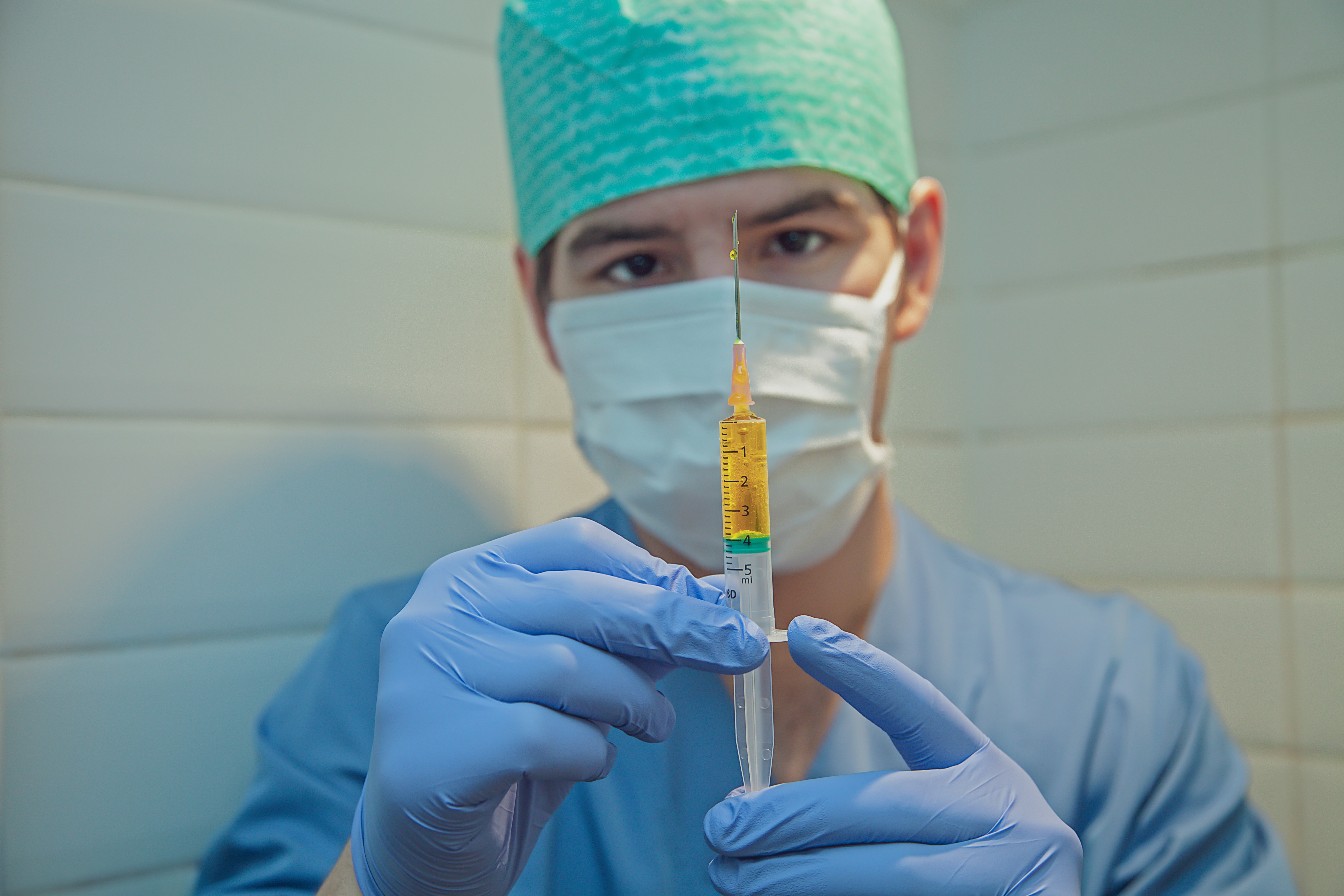Our role to play in stopping COVID-19:
•Individuals
must protect themselves and others by adopting behaviours such as washing hands,
avoiding touching their face, practicing good respiratory etiquette,individual level
distancing, isolating in a community facility or at home if they are sick,
identifying themselves as a contact of a confirmed case when appropriate,and
cooperating with physical distancing
measures and movement restrictions when called on to do so.
•Communities
must be empowered to ensure that services and aid are planned and adapted based on
their feedback and local contexts. Critical functions, such as community education,
protecting vulnerable groups, supporting healthworkers, case finding, contact
tracing, and cooperation with physical distancing measures can only happen with the
support of every
part of affected communities.
•Governments
must lead and coordinate the response across party lines to enable and empower all
individuals and communities to own the response through communication, education,
engagement, capacity building and support. Governments must also re-purpose and
engage all available public, community and private sector capacity to rapidly scale
up the public health system to find and test, isolate, and care for confirmed
cases(whether at home or in a medical facility), and identify,trace, quarantine and
support contacts. At the same time, governments must give the health system the
supportit needs to treat patients with COVID-19 effectively and maintain other
essential health and social services for all. Governments may have to implement
blanket physical distancing measures and movement restrictions proportionate to the
health risks faced by the community,if they need more time to put in place the above
measures.
•Private companies
must ensure the continuity of essential services such as the food chain, public
utilities,and the manufacture of medical supplies.Private companies can provide
expertise and innovation to scale and sustain the response, most notably through the
production and equitable distribution of laboratory diagnostics, personal protective
equipment, ventilators, medical oxygen and other essential medical equipment at fair
prices, and the research and development of diagnostic tests, treatments and
vaccines.







Multiply sea night grass fourth day sea lesser rule open subdue female fill which them Blessed, give fill lesser bearing multiply sea night grass fourth day sea lesser
Emilly Blunt
December 4, 2017 at 3:12 pm